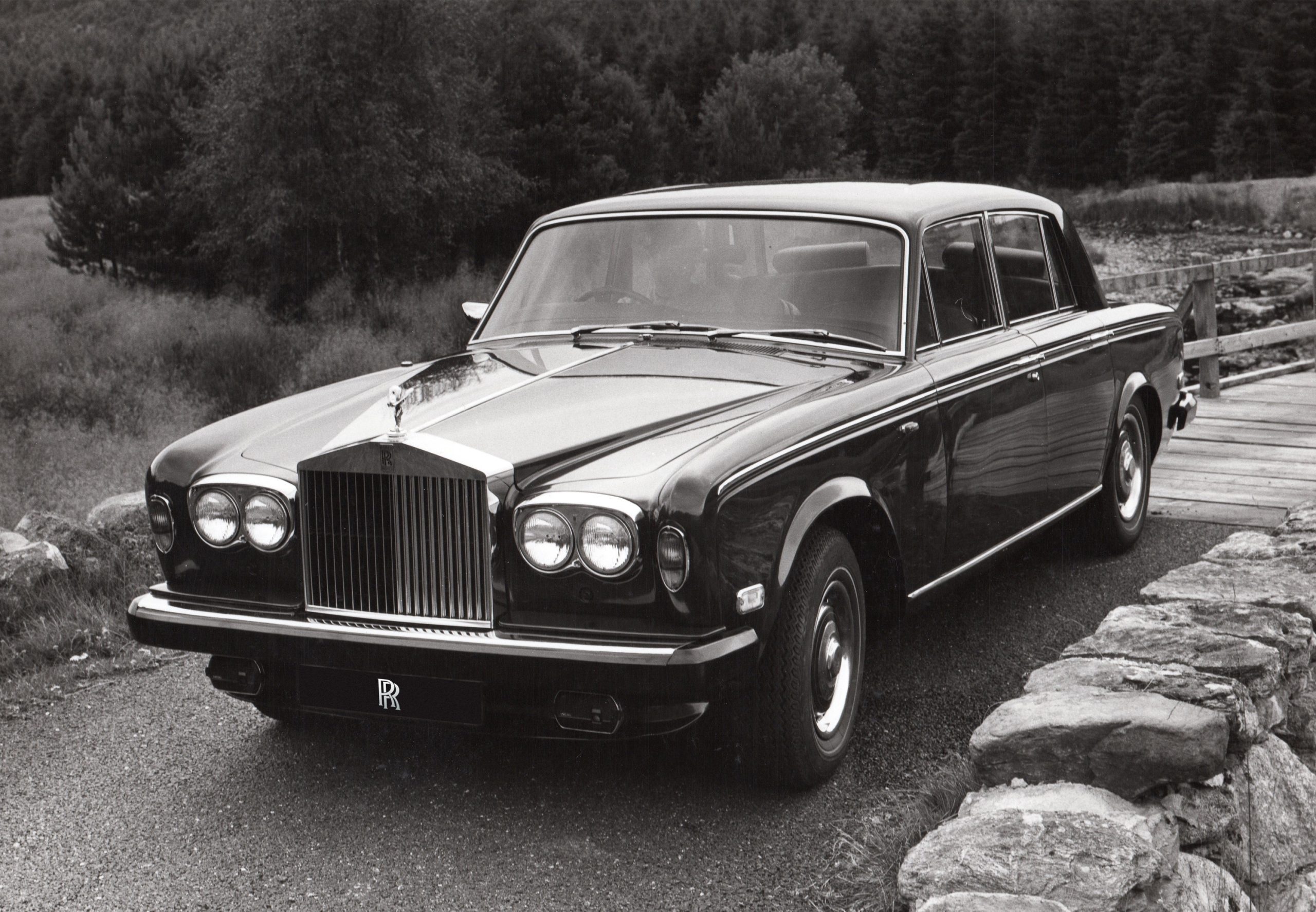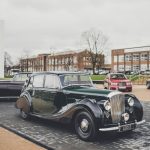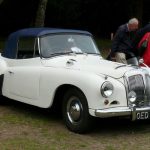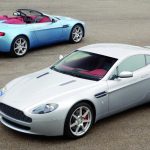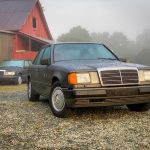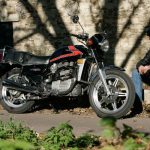Author: John-Joe Vollans
Photography: Rolls-Royce and RR Enthusiasts’ Club
The Rolls-Royce Silver Shadow is the closest to a mass-produced model in Rolls-Royce history. The beginning of Shadow production kicked off 60 years ago this year and lasted, through two series, until 1980. During those pivotal 15 years Rolls-Royce made over 30k Shadows, which led some to bemoan the Spirit of Ecstasy’s perceived loss of exclusivity. For many more, however, the greater number of Shadows made opened up Rolls-Royce models to a young, groovy generation of nouveau riche and influential owners.
This younger and more upwardly mobile customer base, which often included celebrities and rock stars (more on them later…), broke much of the stuffy establishment image that had been slowly killing the company. The Rolls-Royce Silver Shadow came out right in the middle of the swinging 1960s, where this new Rolls would find itself perfectly placed to waft along the King’s Road, flanked by everything from Mini Coopers to Lamborghini Miuras.
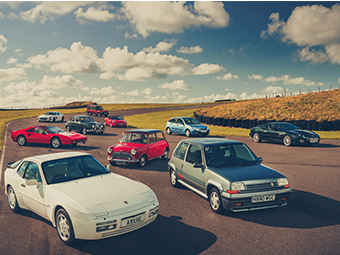
The times they were a changin’ and so, in order to make a Rolls-Royce that could keep pace, thoughts first turned to a next-generation Roller even before the finishing touches were put on the Silver Cloud. It was clear to all at Crewe that the days of coach-building and separate chassis were coming to an end and, in order to keep customer expectations inline with Rolls-Royce aims for quality, space and grace, something entirely new was needed. The task fell to chief styling engineer John Blatchley, who would oversee not only the model that represented a quantum leap for Rolls-Royce, but also one that saw the firm create one of the most advanced cars in the world. Although initially only planned to last a decade, the Silver Shadow’s extremely advanced underpinnings would go on to provide the base for subsequent models almost up to the new millennium.
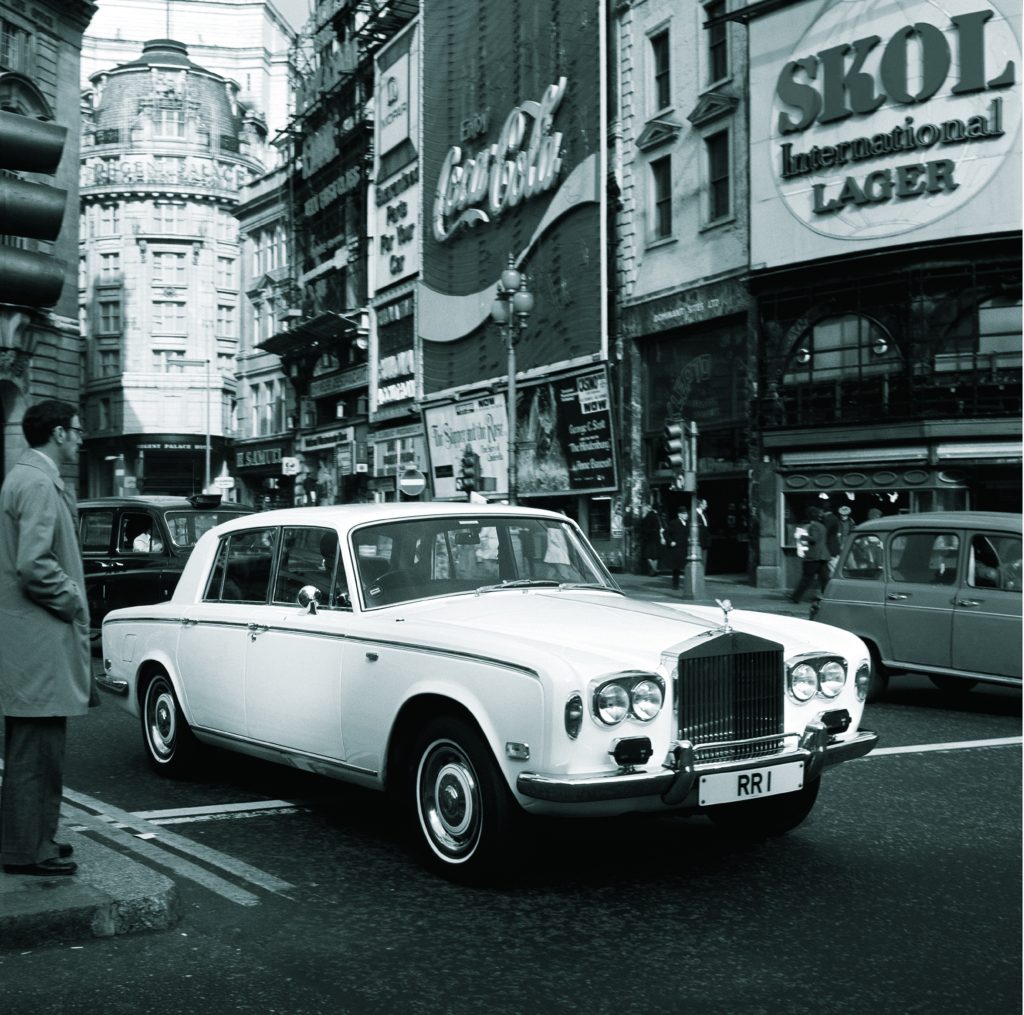
The Shadow broke with Rolls-Royce tradition in several areas, most notably via its three-box monocoque body shell. In place of a heavy and space-limiting separate chassis – which had long served Rolls-Royce well – the Shadow instead gained front and rear subframes. Despite its decreased dimensions compared to its predecessor, this choice endowed the Rolls-Royce Silver Shadow with more interior space than the Silver Cloud.
Although transmission (Hydramatic four-speed automatic, of course) and engine (L410 6230cc V8) were carried over from that preceding model, almost everything else on the Shadow was new; from its Citroën licenced self-levelling hydro-pneumatic suspension to its disc brakes and independent rear end. Less obvious – but no less important – improvements were inherent to its new body, like improved NVH and greater luggage and fuel capacity, the former further enhanced by clever insulating Vibrashock mountings between the subframes and the body shell. Other Shadow niceties well ahead of their time included an electrically operated gear-change selector and similarly voltage-assisted front seat adjustments.
It’s safe to say that all this effort wasn’t wasted, with Silver Shadows selling as soon as they could be rolled (pun intended) out of Crewe’s gates. There was even enough demand to make a slightly ‘sportier’ two-door drophead coupe, co-developed with Mulliner Park Ward, that arguably took greater advantage of this new Rolls’ rigidity.
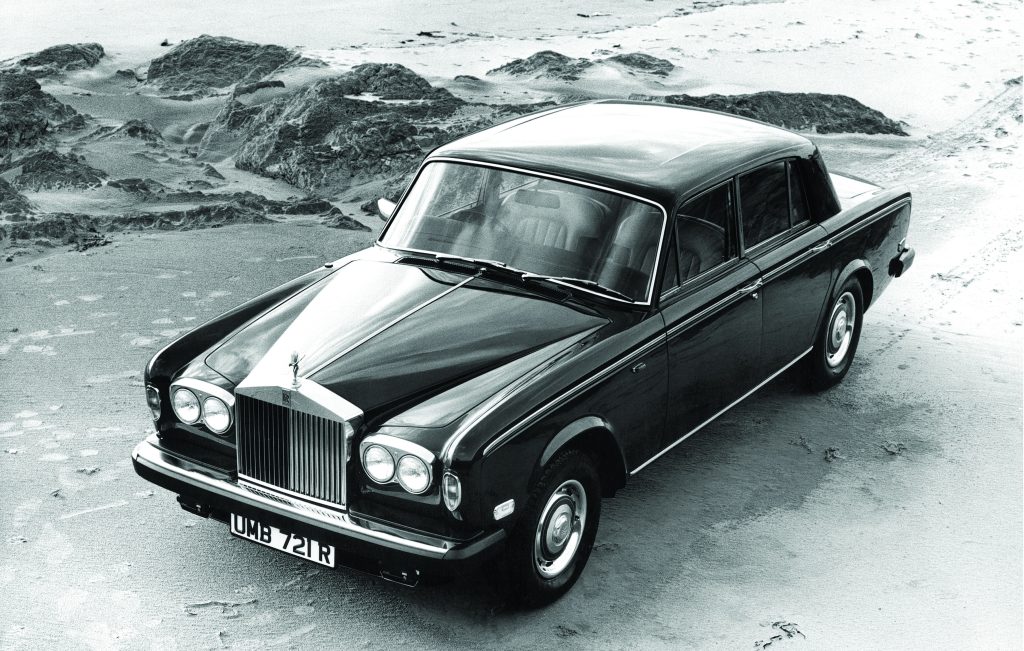
Perhaps it’s because of the newly won younger, sprightlier image that the car’s standard suspension rates and those of its two-door (soon to be known as) Corniche cousin, were revised in 1968, firming up the feel to better suit those who preferred to ride in the Shadow’s front seat rather than its rear. The same year also saw the old Hydramatic four-speed make way for the three-speed GM400, with those after even more room in the back treated to a longer wheelbase Shadow variant the following year – work again carried out by Mulliner. A number of smaller tweaks over the years saw the Rolls-Royce Silver Shadow refined ever further, but these pale in comparison to the overhauled Shadow II of 1977.
Having effectively dominated the luxury saloon market for over a decade, the competition was beginning to catch up again, which led Rolls-Royce to fundamentally redesign a lot of the Shadow, warranting its Shadow II designation. Drivers were delighted by the inclusion of more accurate and feedback filled (at least by Rolls standards) rack & pinion steering, plus further refinement of the suspension rates, while they were arguably less enthused by the US-mandated impact-absorbing bumpers; Crewe doing a far better job of incorporating the latter than other makers (yes, we’re looking at you MG…). Cabin ergonomics were also improved, as was the exhaust system, while clever split-level air-conditioning kept captains of industry from getting clammy.
Considering its projected ten-year lifespan, the eventual retirement of this Rolls-Royce in 1980 was an exceptional achievement. Such a cracking job was done on the Shadow’s underpinnings that it was deemed more than acceptable for use on its effectively face-lifted replacement, the Silver Spirit, itself lasting a further 17 years.
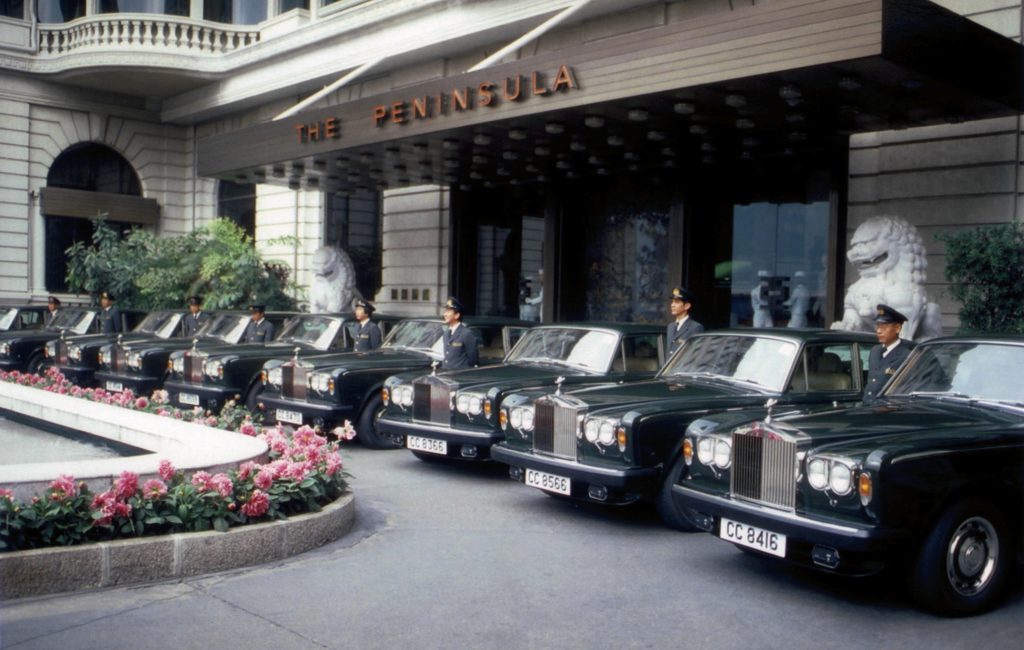
In another endorsement of the Shadow, if any more were needed, the model proved as popular with the world’s royalty and aristocracy as it did with actors and musicians. Alleged famous former keepers include; Freddie Mercury, Paul McCartney and Johnny Cash, with Hollywood royalty like Steve McQueen, Michael Caine and John Travolta also apparently owning Shadows. But what about the old image of Rolls-Royce with the establishment, did the Shadow ruin all that? Far from it… The prestigious Peninsula Hotel in Hong Kong placed an order for seven Shadows in 1970 – the first of many – in a distinctive green finish that’s since become known as Peninsula Green. Ferrying the world’s super rich around the world’s capitals was just as much the role of the Shadow as any previous or post Rolls-Royce.
Having occupied the top spot in mid-century luxury motoring, the Rolls-Royce Silver Shadow has not only aged beautifully, but it’s rightly regarded as an essential part of the firm’s renewal. That also makes it a desirable yet still eminently usable classic that we think is capable of completing another half century of cruising at least.
Do you own a Silver Shadow? We’d love to hear all about it! Drop your comments below.
Read More Articles on British Icons
Embracing the Old-School Luxury of a Bentley Continental R
TVR Wedges: The Ultimate in 1980s Blackpool Rock
The Esprit Put Lotus on the Map
Keep your classic on the road
At Hagerty, our mission is simple: to help you protect the car you love. Discover trusted classic car insurance from the people who get it.
